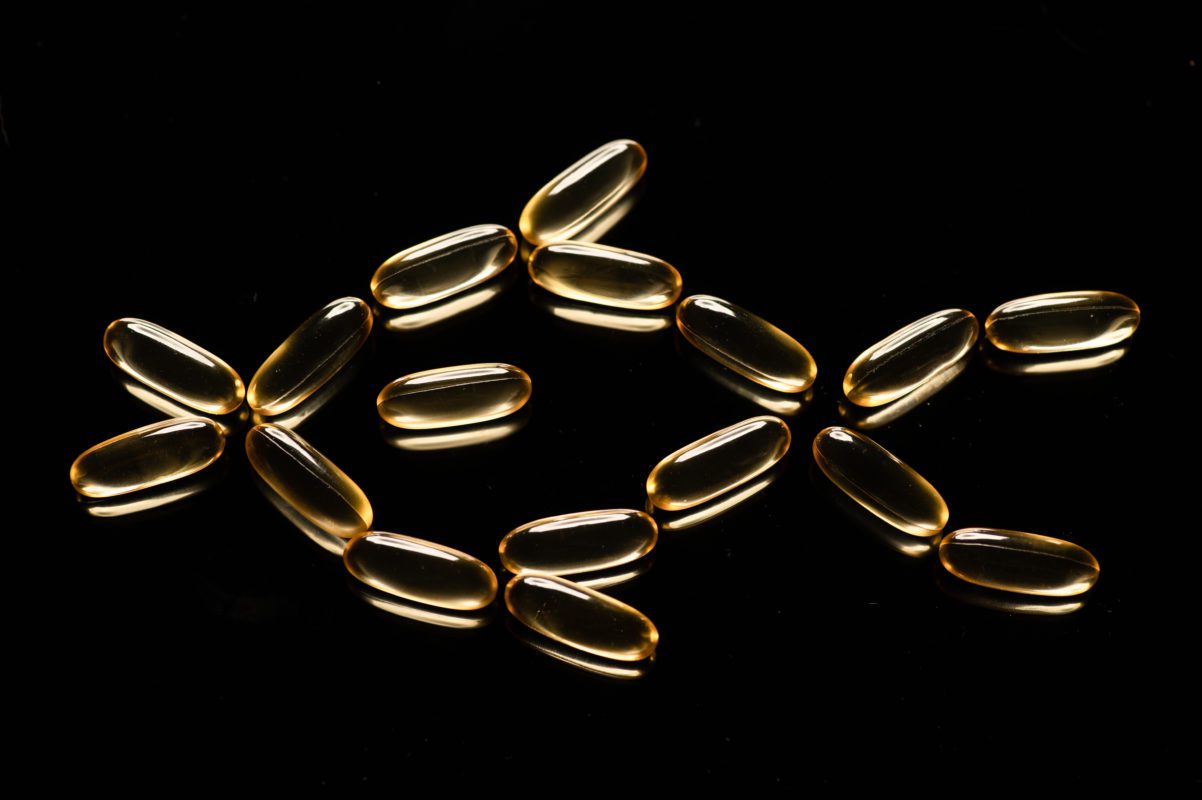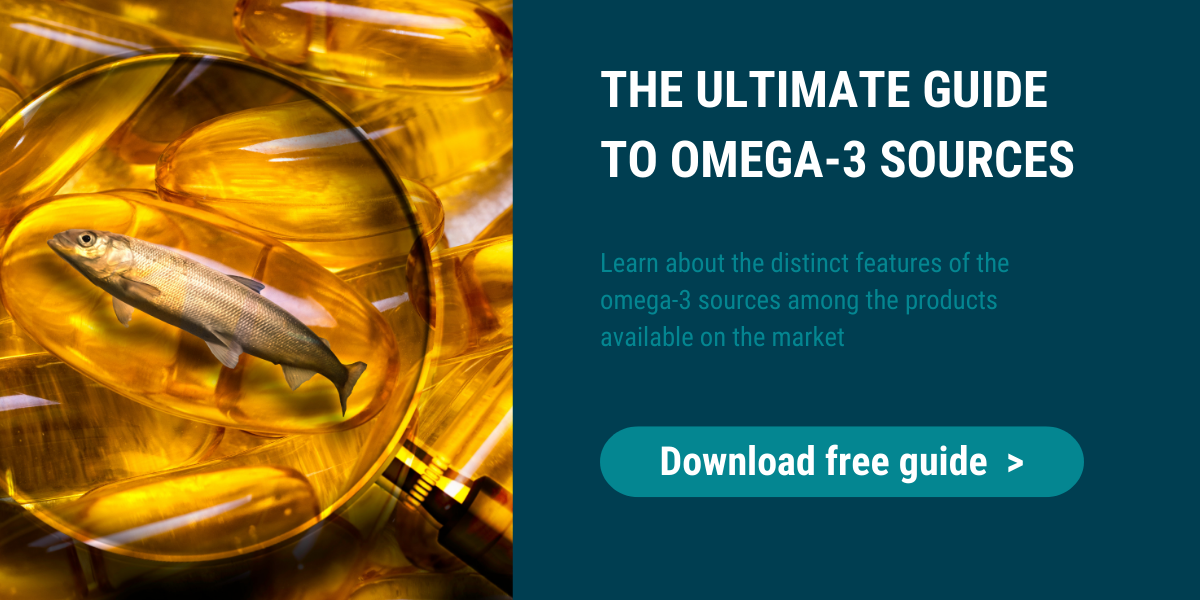The omega-3 industry has a bright future, but how should end users maneuver in this crowded market segment?
The demand for omega-3 products is increasing in line with the demand of dietary supplements, functional food ingredients, pharmaceuticals, veterinary supplements and other high-end products. At the same time, supply chains are challenged by the effects of a global pandemic and an ongoing war in Europe. Consequently, companies can be tempted to base their products on raw materials not declared on the ingredient list to solve the supply-chain challenges they are faced with.
There are a lot of high-quality omega-3 products around the world, but how can we tell the good ones from the bad ones? And how can the bad ones affect consumers’ health?
The global omega 3 market was valued at USD 2.19 billion in 2021 and is expected to grow at a CAGR of 8.0% during a forecast period until 2030.
Some of the the key factors driving the omega-3 market trends are:
- Increasing occurrences of cardiovascular diseases
- Changing dietary habits
- Supporting heart and brain health
- Lack of physical activity in the population
- Increased consumer investment in healthcare and wellbeing
Food fraud is a global concern
Food fraud is considered the second largest black economy after drug trafficking according to INTERPOL, and omega-3 industry is unfortunately not an exception. This global problem seems to be growing, rather than decreasing. Typically, we see high-end products where the expensive ingredients are diluted or completely replaced with cheaper ingredients, often of lower quality.
In any market where food fraud is taking place, it creates challenges for the honest players. High-quality producers and brands find it impossible to match the prices of their adulterating competitors, and in a time where consumer attention is key, the same companies are struggling to stand out from the crowd of products all claiming to be composed of premium ingredients. Luckily, however, modern consumers are becoming aware of the challenges that have arisen in food supply chains all over the world. And, for health-related products such as omega-3 supplements, consumers are particularly attentive of what they consume and where the ingredients come from.
Can consumers trust the label on the omega-3 products in the store?
Did you know that almost half of the products bought through Asian e-commerce sites failed to meet single species label claims? The products did not contain the ingredients declared on the labels, and this is not the first time findings like this have been revealed. In previous studies, similar levels of adulteration have been found, spanning from 30% to 40%.
The take-home message from these studies is that fraud is also affecting the omega-3 industry. In particular, this is a challenge for products claiming to originate from a single species omega-3 source. So, what can we trust when trying to identify an authentic omega-3 supplement in the jungle of products found online? There are certification companies specializing in documenting the origin of different food products so that consumers can be sure that they get what they are paying for. For omega-3 supplements carrying an ORIVO certification, you can check your product here.
Species and origin have an important impact on the properties of omega-3 products
There are many sources of omega-3 fatty acids and each of them has some distinct features. These features can for example be related to content of the essential omega-3 fatty acids EPA, and DHA, the form these fatty acids occur in, the presence of antioxidants, or other features which could influence if an oil is suited for a particular application area.
Is a product with a fake origin a dangerous product?
Within each omega-3 source there are usually a myriad of different brands offering their products to consumers. These brands source their ingredients from different manufacturing companies, which in turn source their raw material from crude raw material producers around the world. The possibilities for ingredient adulteration are many along such a value chain, potentially ending up with an omega-3 product with a fake origin. At the same time, the risk of getting a low-quality omega-3 product is high if the raw material is not treated professionally and under strict hygienic conditions. As a consumer, it is often hard to know if this has been the case or not, especially for encapsulated products where the product has no taste. Even though the one (fake origin) does not necessarily imply the other (bad handling and low product quality), it is a fact that brands that are willing to use false label claims on their consumer products are likely also willing to cut corners on product quality in order to save raw-material cost.
How to stand out as a trustworthy brand within the omega-3 industry?
- Be aware the origin of the ingredients in your omega-3 product, as well as how they have been processed or produced
- Ensure a sustainable value chain of raw materials
- Practice transparency and communicate it with trustworthy proof
- Include an independent, third-party certification company to verify the information communicated about the origin of the ingredients


